Why has America’s economy gone K-shaped?
The wealthy are doing well. Everybody else is scrimping.
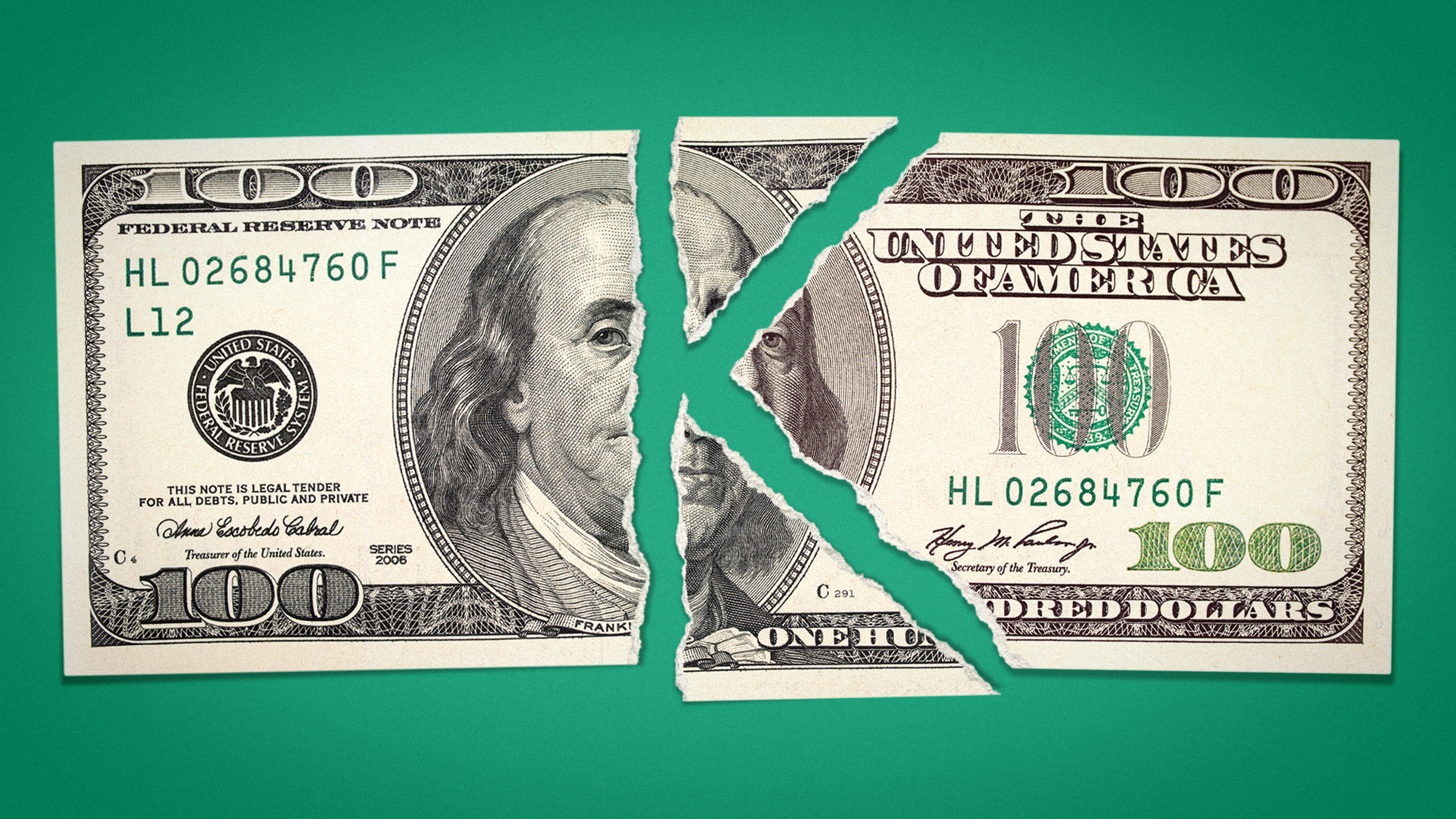

The rich get richer and the poor get poorer. That old saying has taken on a new label in 2025. America’s economy is increasingly “K-shaped.”
The term is used to describe when “wealthy consumers do well and spend freely” while folks in lower tax brackets “struggle and scrimp,” said Morning Brew. Evidence of a K-shaped economy is “popping up everywhere.” The richest Americans are now enjoying the fruits of a “booming stock market” and a steep rise in home values, while everybody else is increasingly challenged by a “shaky job market, high interest rates, and/or inflation.” That could cause “social and political instability,” said University of Michigan economist Betsey Stevenson.
What did the commentators say?
This phenomenon creates ripple effects throughout the economy. Everybody has to buy “deodorant and soap and toothpaste,” said Numerator’s Leo Feler to Marketplace, but middle-income Americans are pulling back on “things like toys, electronics, sporting goods, apparel.” There are signs the gap will only widen. A new report says the wealth of America’s 10 richest billionaires “ballooned by $698 billion” in the last year, said The Daily Beast. America’s economic policies are “driving inequality to new heights,” said Oxfam America.
The Week
Escape your echo chamber. Get the facts behind the news, plus analysis from multiple perspectives.

Sign up for The Week's Free Newsletters
From our morning news briefing to a weekly Good News Newsletter, get the best of The Week delivered directly to your inbox.
From our morning news briefing to a weekly Good News Newsletter, get the best of The Week delivered directly to your inbox.
“Consider the burrito,” David Goldman said at CNN. Chipotle last week cut its earnings forecast for the third consecutive quarter because the chain’s “core customers” of younger, lower-income consumers are “starting to skip the guac” and cutting back on their spending. Big companies are seeing the divide: Coca-Cola is seeing “growth in its high-end brands” like Topo Chico, Smartwater and Fairlife, but is “cutting sizes (and prices)” on lower-end brands to drive sales among struggling lower-income customers. The damage will be difficult to repair. America’s two-tier economy has been “increasingly bifurcated for quite some time.”
There is “room” for the argument that a K-shaped economy is “no bad thing,” said John Authers at Bloomberg. Poorer Americans would “benefit from lower interest rates from the Federal Reserve,” which would then strengthen the “wealth and spending of the affluent.” Certainly, the overall stock market has not been dragged down by the struggles of car loan companies and fast food chains like Krispy Kreme. From a macro-economic view, “bad times for the poor don’t matter so much if they’re outbalanced by gains for the wealthy.”
What next?
The American economy is at “risk of wobble” as lower-income consumers struggle, said Reuters. Corporate earnings will be tested as “rising healthcare costs, the potential loss of federal food benefits and a wobbly job market outlook” affect the earning power of “less affluent” American households. Federal Reserve Chair Jerome Powell is taking notice of the K-shaped economy as he looks to the future, particularly as “rising auto loan defaults and intense bargain shopping” offer signs of distress.
A recent Moody’s report found that the top 20% of earners are responsible for America’s economic growth, said Fortune. Economists are worried. “We are losing the middle class,” said Ohio State University’s Lucia Dunn to the outlet.
A free daily email with the biggest news stories of the day – and the best features from TheWeek.com
Joel Mathis is a writer with 30 years of newspaper and online journalism experience. His work also regularly appears in National Geographic and The Kansas City Star. His awards include best online commentary at the Online News Association and (twice) at the City and Regional Magazine Association.
-
 ‘Consistency at the ballot box isn’t nearly as meaningful to many voters here’
‘Consistency at the ballot box isn’t nearly as meaningful to many voters here’Instant Opinion Opinion, comment and editorials of the day
-
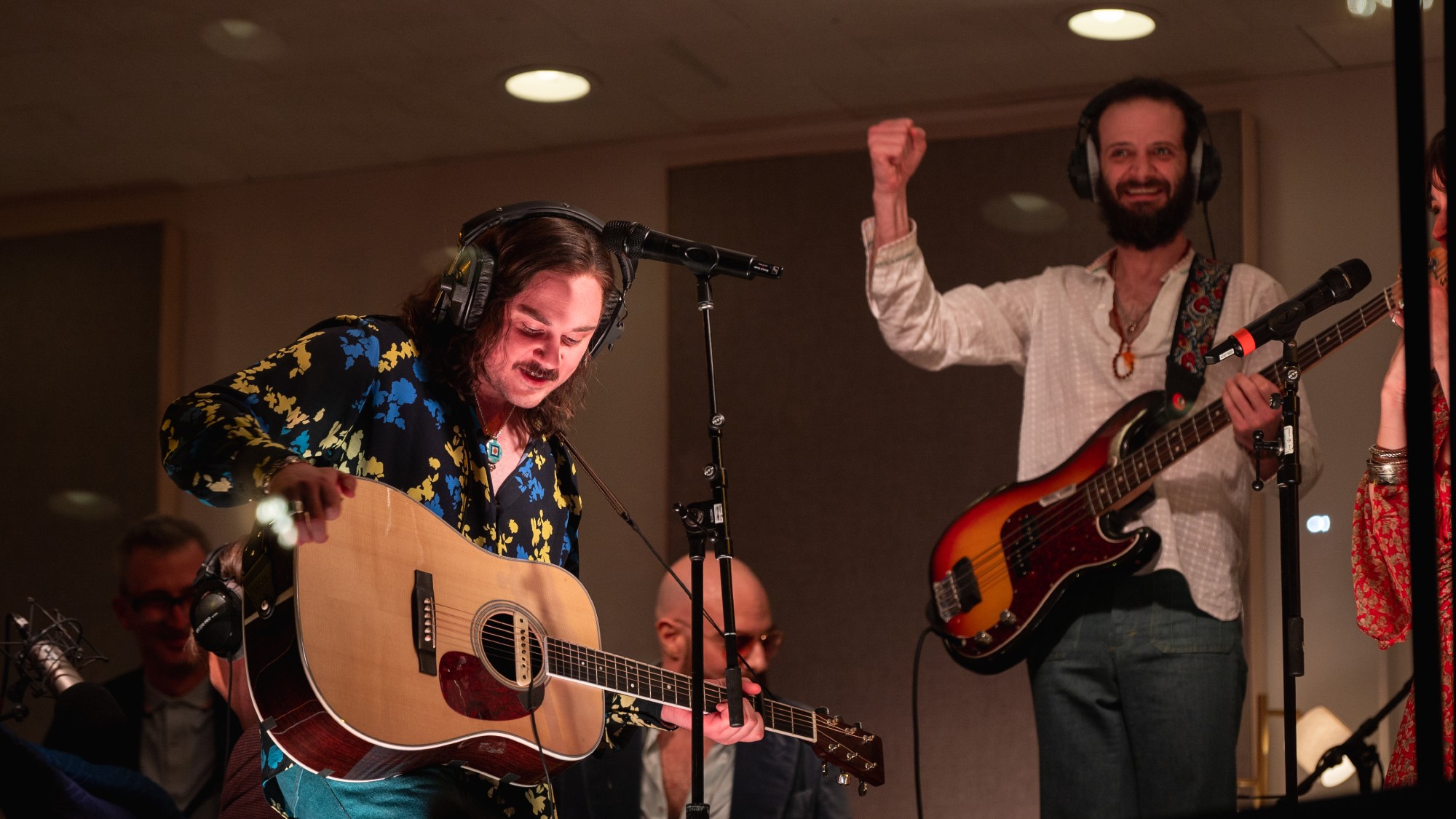 8 musicals to see this winter, all across the United States
8 musicals to see this winter, all across the United Statesthe week recommends New shows and reconsidered productions are on the move
-
 Rob Reiner, wife dead in ‘apparent homicide’
Rob Reiner, wife dead in ‘apparent homicide’speed read The Reiners, found in their Los Angeles home, ‘had injuries consistent with being stabbed’
-
 The longevity economy booms as people live longer
The longevity economy booms as people live longerThe Explainer The sector is projected to reach $27 trillion by 2030
-
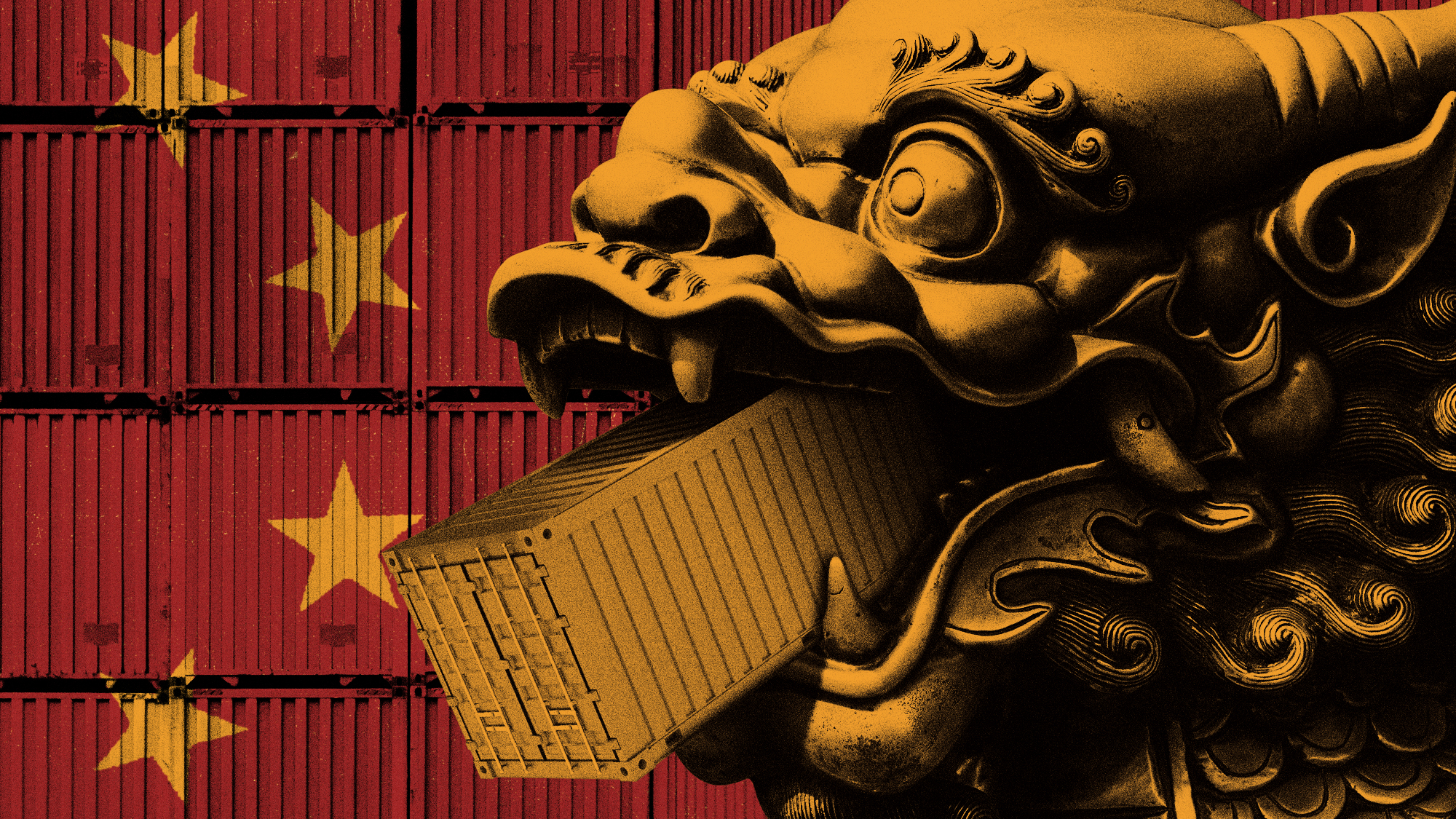 How will China’s $1 trillion trade surplus change the world economy?
How will China’s $1 trillion trade surplus change the world economy?Today’s Big Question Europe may impose its own tariffs
-
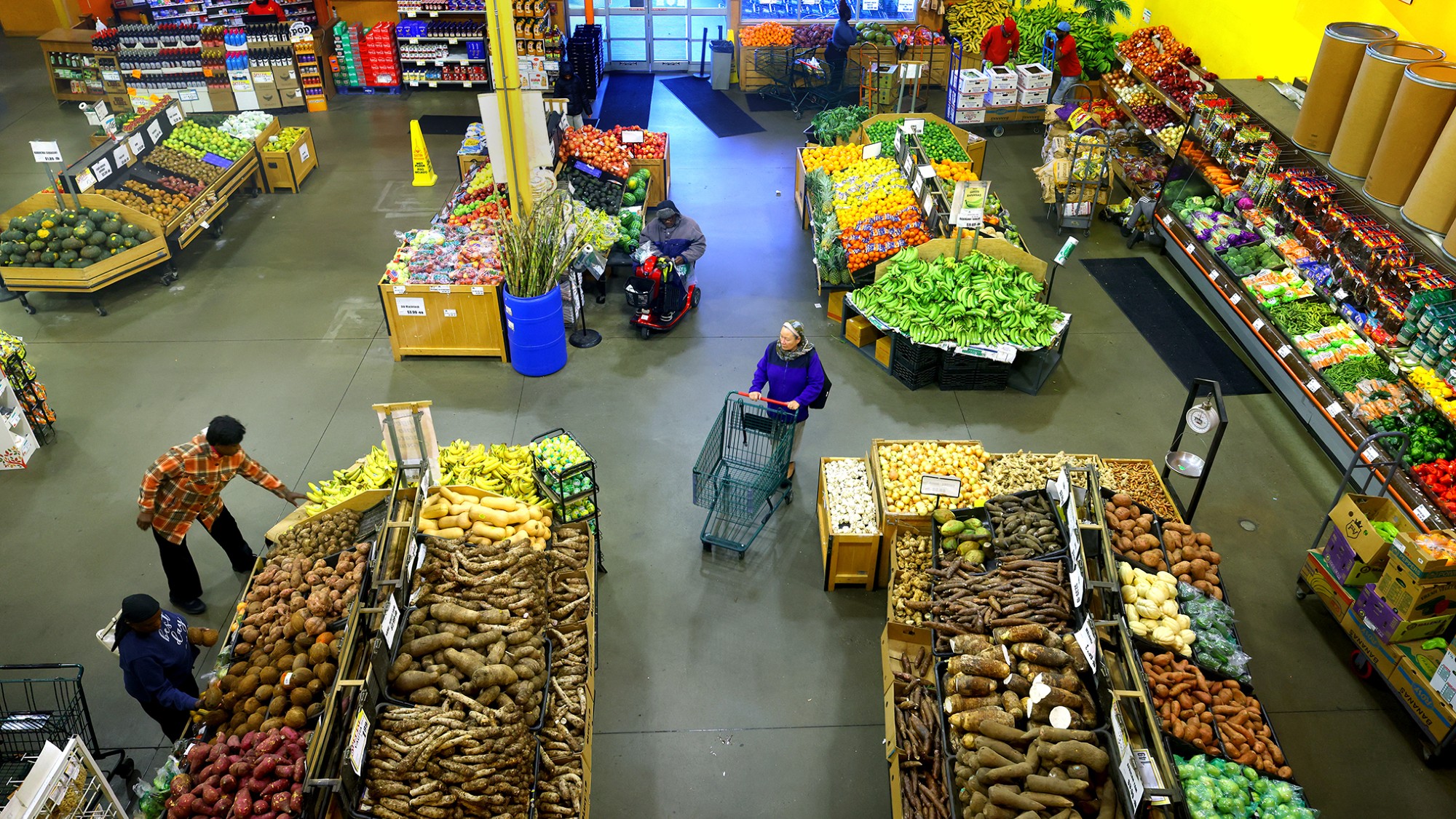 Is $140,000 the real poverty line?
Is $140,000 the real poverty line?Feature Financial hardship is wearing Americans down, and the break-even point for many families keeps rising
-
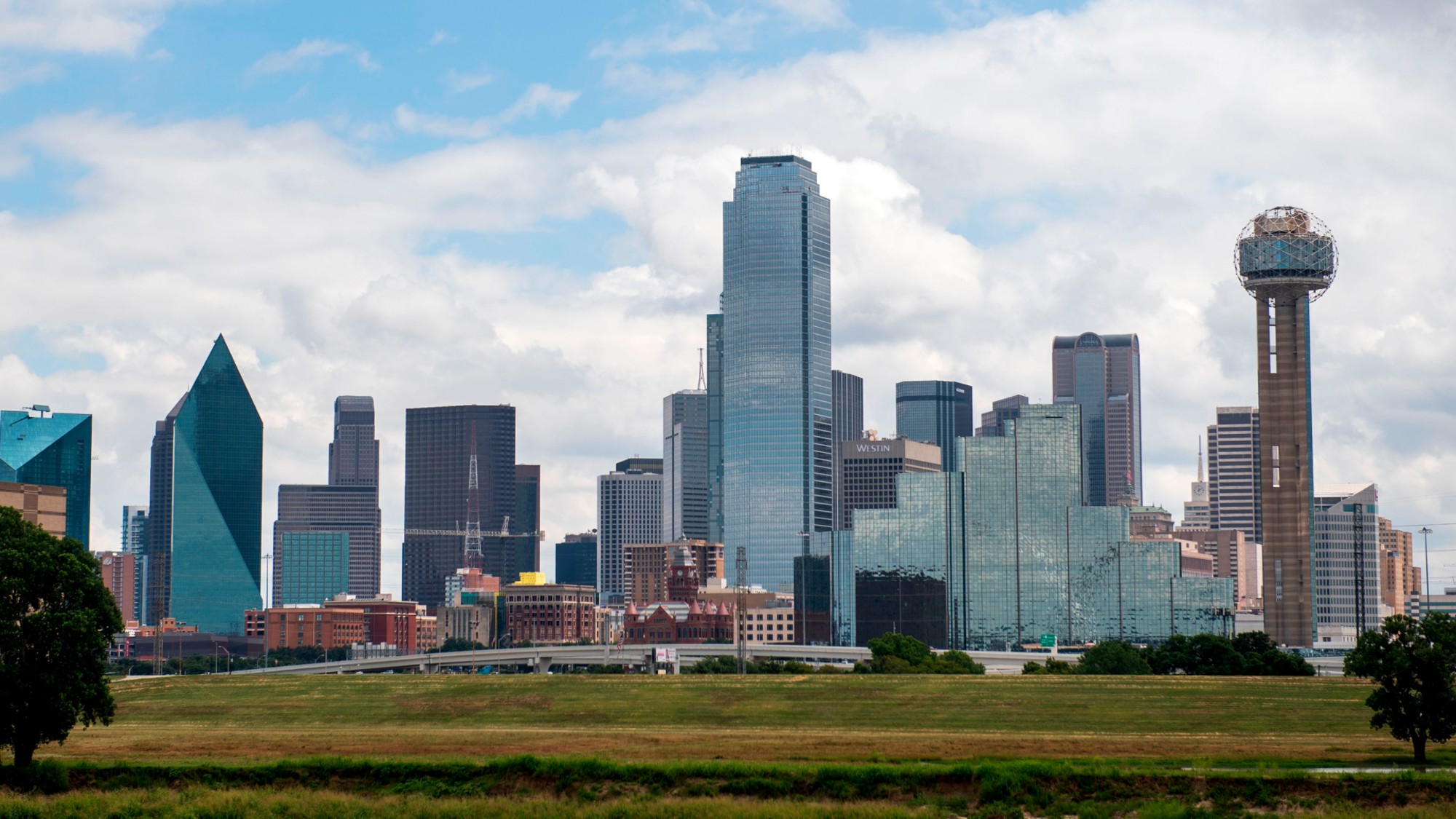 Texas is trying to become America’s next financial hub
Texas is trying to become America’s next financial hubIn the Spotlight The Lone Star State could soon have three major stock exchanges
-
 Employees are branching out rather than moving up with career minimalism
Employees are branching out rather than moving up with career minimalismThe explainer From career ladder to lily pad
-
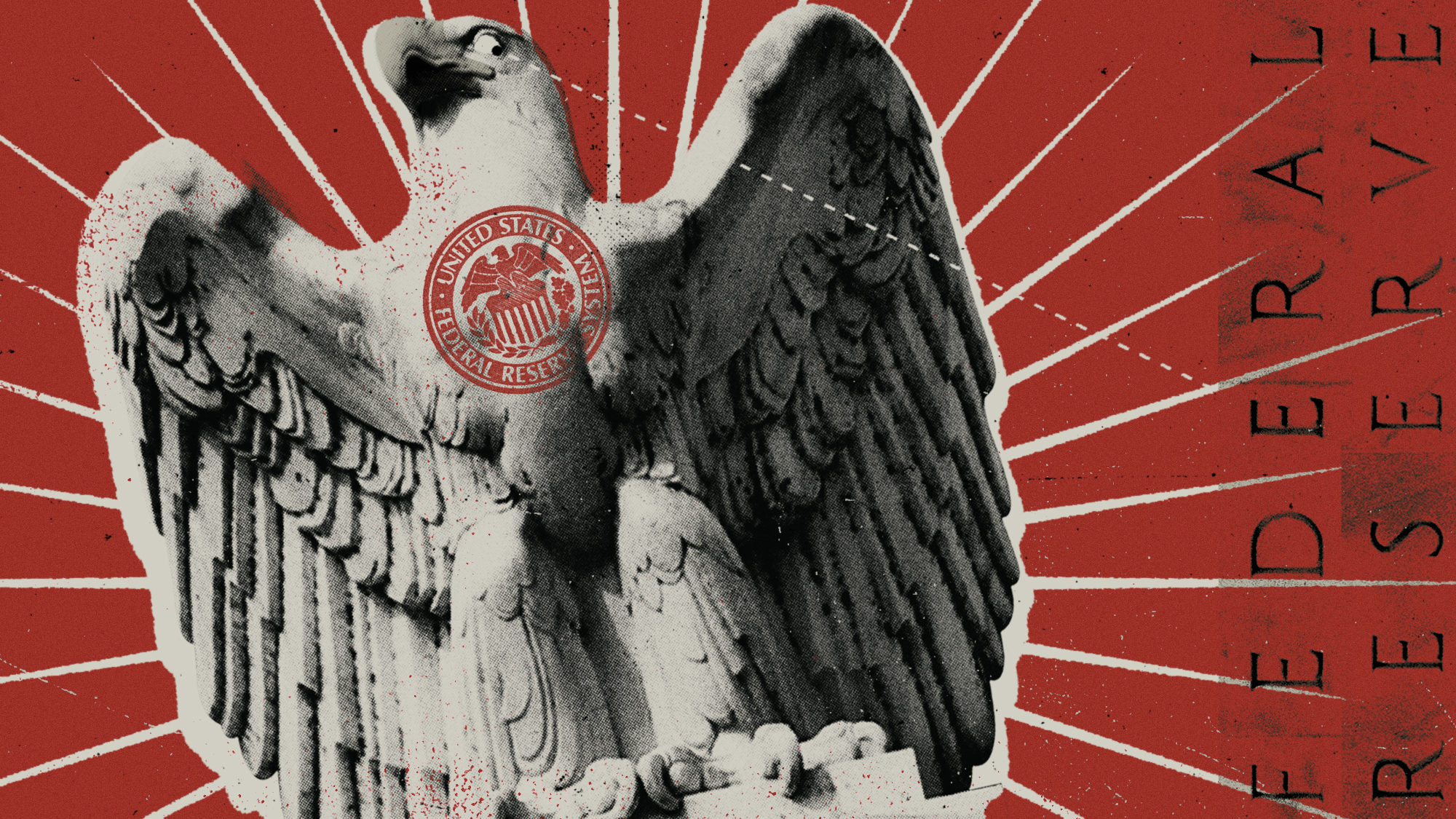 Who will be the next Fed chair?
Who will be the next Fed chair?Today's Big Question Kevin Hassett appears to be Trump’s pick
-
 Why is crypto crashing?
Why is crypto crashing?Today's Big Question The sector has lost $1 trillion in value in a few weeks
-
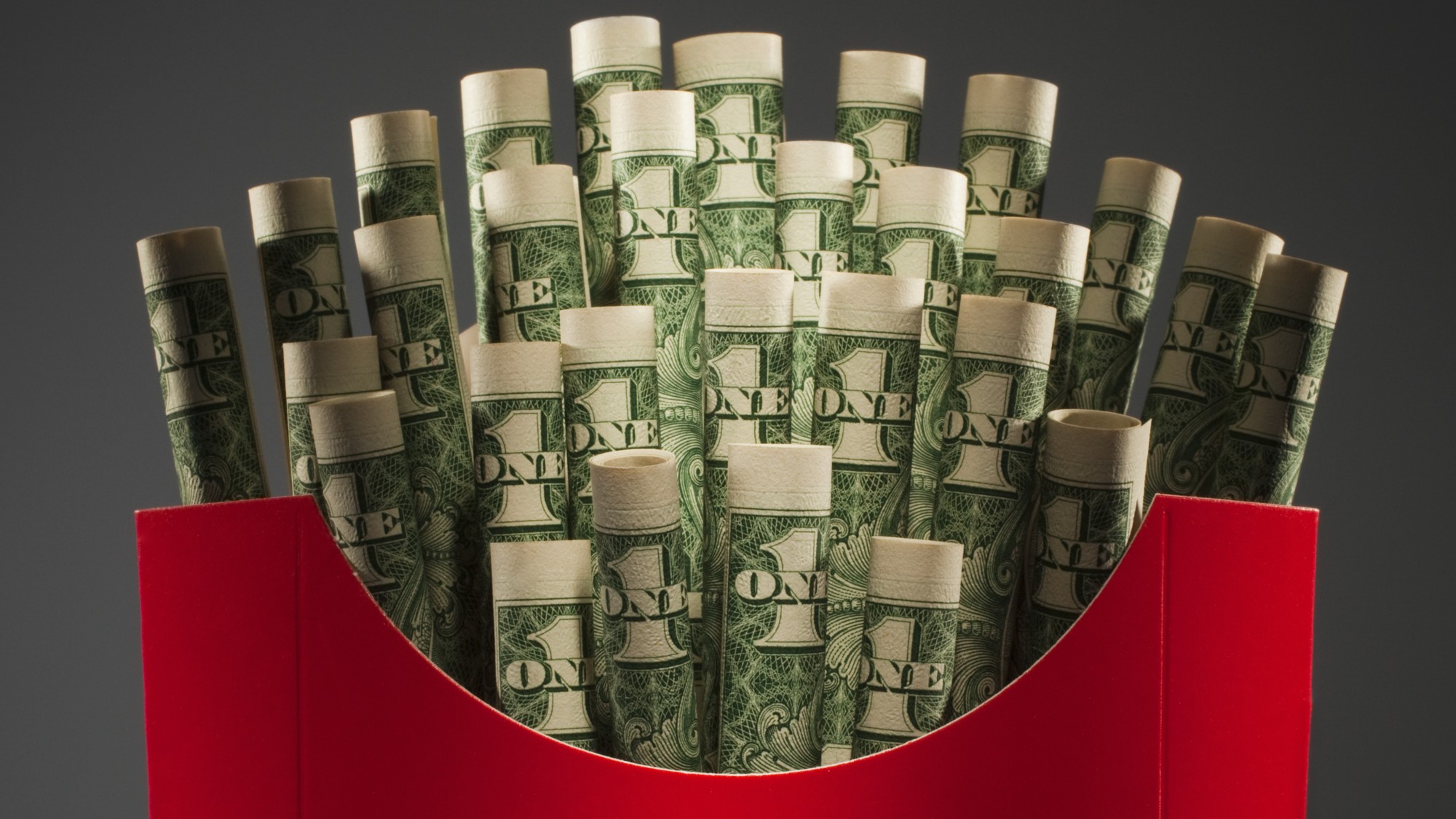 Fast food is no longer affordable for low-income Americans
Fast food is no longer affordable for low-income AmericansThe explainer Cheap meals are getting farther out of reach
